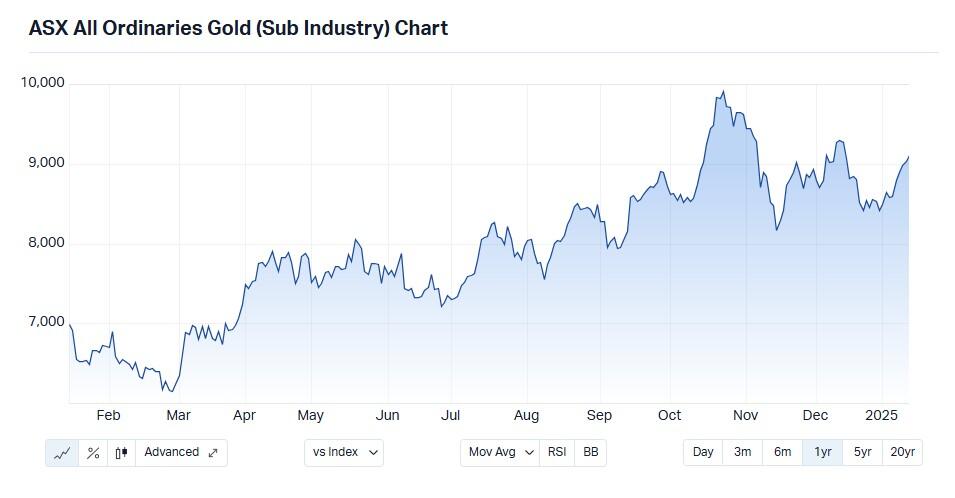Uncertainty in equity markets and concerns about a Trump Administration’s economic policies are underpinning gold’s safe haven asset status and have created a bullish outlook for the precious metal gold in 2025.
Fuelled by some robust central bank purchases, interest rate cuts by the U.S. Federal Reserve and safe-haven demand, the gold price rose to the highest levels in around four weeks recently to US$2,700 per ounce, and State Street Global Advisors expect the price to push even higher.
State Street believes lingering fears of high inflation returning, spiralling government debt, regional wars and the uncertainty associated with Donald Trump’s presidency, would only encourage gold buying as a way to protect wealth.
What also contributed to recent upward momentum in the gold price is continued buying by some of the world’s largest central banks. More recently, China’s central bank expanded its gold reserves in December to 73.29 million fine troy ounces, from 72.96 million in the previous month.
Gold could hit US$3100 this year
In light of all these dynamics, the world’s fourth-largest asset manager isn’t ruling out the gold price hitting US$3100.
“We don’t see this changing and expect the secular demand trends underpinning gold’s price and its status as a safe haven to continue enhancing gold’s appeal as a core portfolio asset, even if capital markets strike a risk-on tone in 2025,” State Street’s chief gold strategist George Milling-Stanley said.
Meanwhile, Bank of America, JP Morgan and Citi all expect gold reach $US3000 an ounce by the end of 2025, while UBS with a forecast of $US2900 an ounce is not far behind.
Based on recent updates, Goldman Sachs now expects the gold price to hit $US3000 an ounce by mid-2026.
Assuming they are right, gold will jump around 13% this year from the current spot price of US$2649.38 an ounce.
Gold stock disconnect
The bullish price outlook bodes well for the shareholders of local gold stocks. However, there is a notable lag between gold stocks and the price of the precious metal.
For example, while the ASX Gold Index was up around 30% over one year, the full effect of this growth is yet to be reflected in gold stock valuations.
Overall, both Australian and global gold stocks have underperformed by an average of around 10%.

Physical gold versus gold miners
For the uninitiated investor, it is important to understand that not all bets on the gold price were born equal.
That is because physical gold in a bank vault differs from gold resources that need to be extracted, processed and then sold to cover the costs of operations for the company to make a profit.
Unsurprisingly, gold miners (aka gold equities) tend to outperform gold bullion when the price rises because the all-in cost of extraction suddenly become cheaper.
But the opposite is also true, which means gold miners typically underperform gold bullion when gold price falls.

